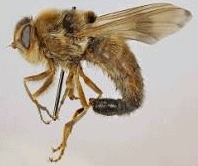
Bot Flies are a common problem during the summer months with horses, particularly when you are keeping your horse at grass. In both Ireland and the UK, these flies tend be active from the Spring through to late autumn, however they seem to be at their worst from late summer through autumn in general.
The Female Bot Fly is the one the causes all the problems for your horse. She is brown and yellow in colour and looks similar to a honey bee, apart from the ovipositor which is a long organ that extends from her back end and looks similar to a sting. She uses this ovipositor to lay her eggs on your horse.
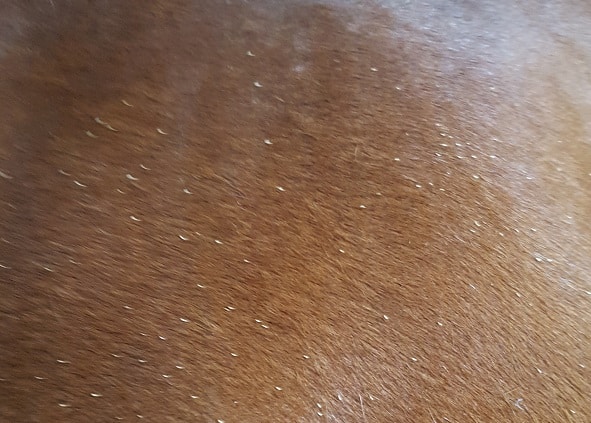
The eggs, are usually yellow, orange or cream in colour, and when your horse bites or licks them, this stimulates the eggs to hatch and the young larvae enter your horse’s mouth and burrow in his lips, tongue and into the gums around his back molars. The larvae usually remain in the horse’s mouth for 3 to 4 weeks before passing to the stomach to go through their second stage of development. These parasites cause a variety of problems for your horse, so How do you remove Bot Fly Eggs from your horse’s Coat.
Removing Bot Fly Eggs from Your Horse.
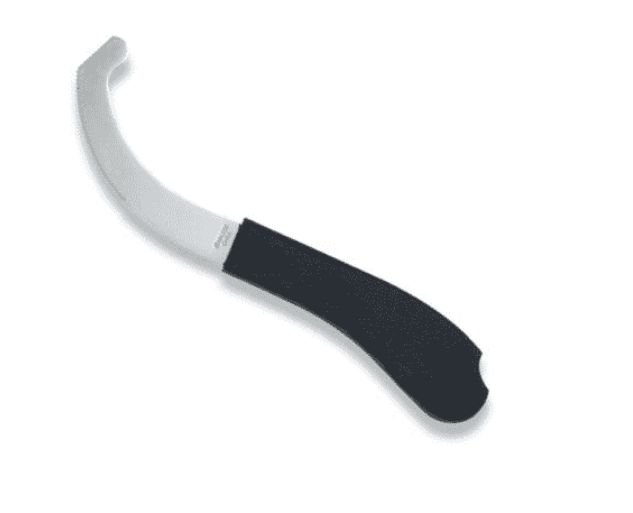
The best course of action where Bots are concerned is to Remove Both Fly eggs from your horse’s coat. This will minimize any discomfort to your horse and avoid any problems if these parasites are ingested by him. To effectively remove the eggs you will need to use a Bot Fly Knife. This Knife has a semi-circle shape with tiny teeth along its length. It also has a straight area at the top of the Knife which is also equipped with these teeth; this part is designed to help you remove the eggs from those more difficult to reach places on your horse. All you have to do remove the Bot eggs is to comb your horses coat with the Bot Knife and the tiny eggs will be removed. Aim to either collect the eggs by wiping the knife with a tissue, and disposing of it carefully. Alternative, do it in an area of the yard where you can hose the area down once you are complete, so there is no chance that the eggs can be ingested by your horse. The Types of Bot Flies and Their Life Cycle.
There are three main types of Bot Flies that affect horses,
Gastrophilius Intestinalis, Gastrophilius Nasalis and Gastrophilius
Haemorrhoidalis(can be found in many areas but it is most common in Russia and
Parts of Asia.) The two main Bot Flies that affect Ireland and the UK are the
G.Intestinalis, the Common Horse Bot and the G.Nasalis, The Throat Bot. As previously said the G.Haemorrhoidalis or
Nose Bot, is rare, it lays its egg near the horse lips and the larvae will
hatch spontaneously and enter the horse’s mouth. The Common Horse Bot; This is normally very active around late summer and autumn time. She lays her eggs on the shoulder, the mane, belly and the legs of the horse. In order for the eggs to hatch they have to be stimulated by the horse licking or chewing them. Once the eggs are stimulated in this manner, the larvae will hatch and will be transferred into the horse’s mouth, where they burrow into the lips, tongue and gums, especially around the back molars of the horse. They remain in the horse’s mouth for approximately one month before passing to the stomach, where they then attach to the stomach wall. The larvae further mature in the horse’s stomach for about 8 to 9 months prior to being passed out with the droppings. Once the Bot larvae pass out with the droppings they then move into the soil to develop in to adults, which takes about one month. The Throat Bot; This Bot Fly again is very active late summer, autumn time. The female lays her eggs on the neck, head and throat area of the horse. The larvae from this fly do not need to be stimulated to hatch, instead they hatch spontaneously and make their way to the horse’s mouth, where the larvae will follow as similar life cycle to the Common Horse Bot, spending a month in the mouth, before passing to the stomach of the horse, where they will spend again 8 – 9 months before passing out with the horse’s dropping to complete the life cycle in the soil. Once the Adult emerges the whole process will begin again. If your horse has Bot Fly Eggs on their coat, the first and most important thing to do is to remove them daily with the Bot Fly Knife, ensuring that you carefully dispose of the eggs. > (opens in a new tab)”>The Bot Fly Knife is quite cheap and can be purchased on Amazon Here>> The next step to minimize further problems is to use a fly rug on your horse. A good fly rug will help to protect a large area of your horse from infestation with Bot Eggs, however, you may still have to pay close attention to his legs on a daily basis. > (opens in a new tab)”>You can buy a good Fly Rug on Amazon here>> The last step is to use a wormer that will take care of any
of the bots that the animal has ingested.
This wormer is not usually administered until after the first frost,
this is because the frost will usually kill off any remaining adult Bot
Flies. By worming after this time, you will
significantly reduce the chances of your animal being re-infected after
worming. It’s a good idea to worm again
for bots, just before spring, as this will allow you to kill of any resistant,
remaining larvae in the horse’s gut. Your choice of Wormers is also important when you want to eliminate Bots, as you will need to choose something that contains the active ingredients to kill the larvae. Look for a wormer that contains moxidectin or ivermectin as an active ingredient, as this will be required to kill the Bot larvae. To buy a > (opens in a new tab)”>wormer containing one of these ingredients check Amazon here>> NB**If your horse develops Colic, is having difficulty eating, or is losing weight, call your Vet immediately. Some people recommend Fly Repellent; I have personally found that even liberal amount of fly repellent has little or no effect on the Bot Fly laying its eggs, so I don’t recommend it. If you have a couple of horses, you may find that having good Fly rugs on your horses, while also having the Bot Knife will definitely control any infestation. However, just to be sure, if you have found that there is Bot Flies in your area and even after your precautions have found Bot Fly Eggs on your horse. I believe the safest way to eliminate the problem is to the worm the animal in the early part of winter after the first frost and again just before the spring, using a wormer that specifically targets Bots. Symptoms of Bot Fly Infestation.
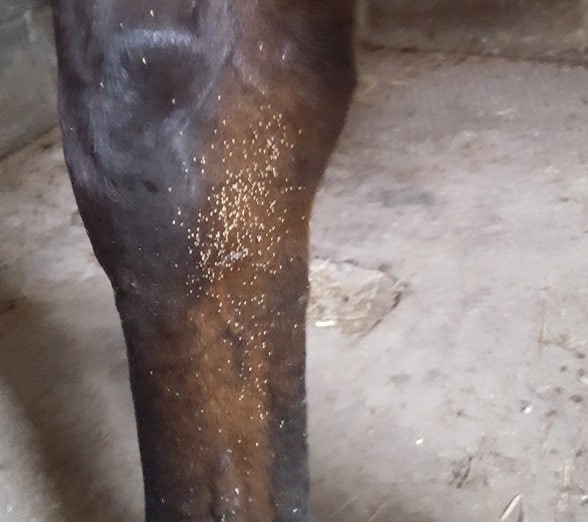
Treatment for Bots.
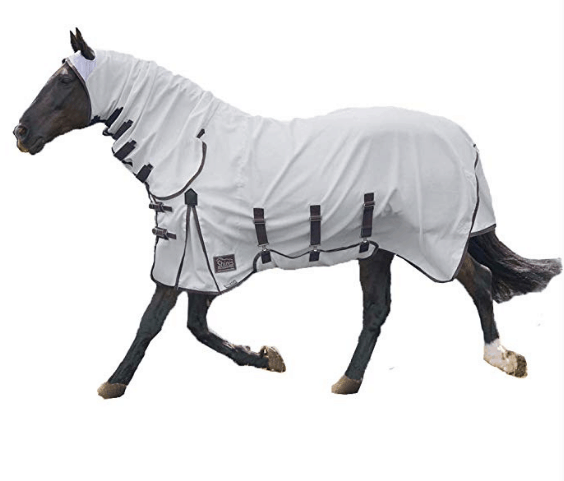
What Wormer Works Best?
Prevention is Better Than Cure
